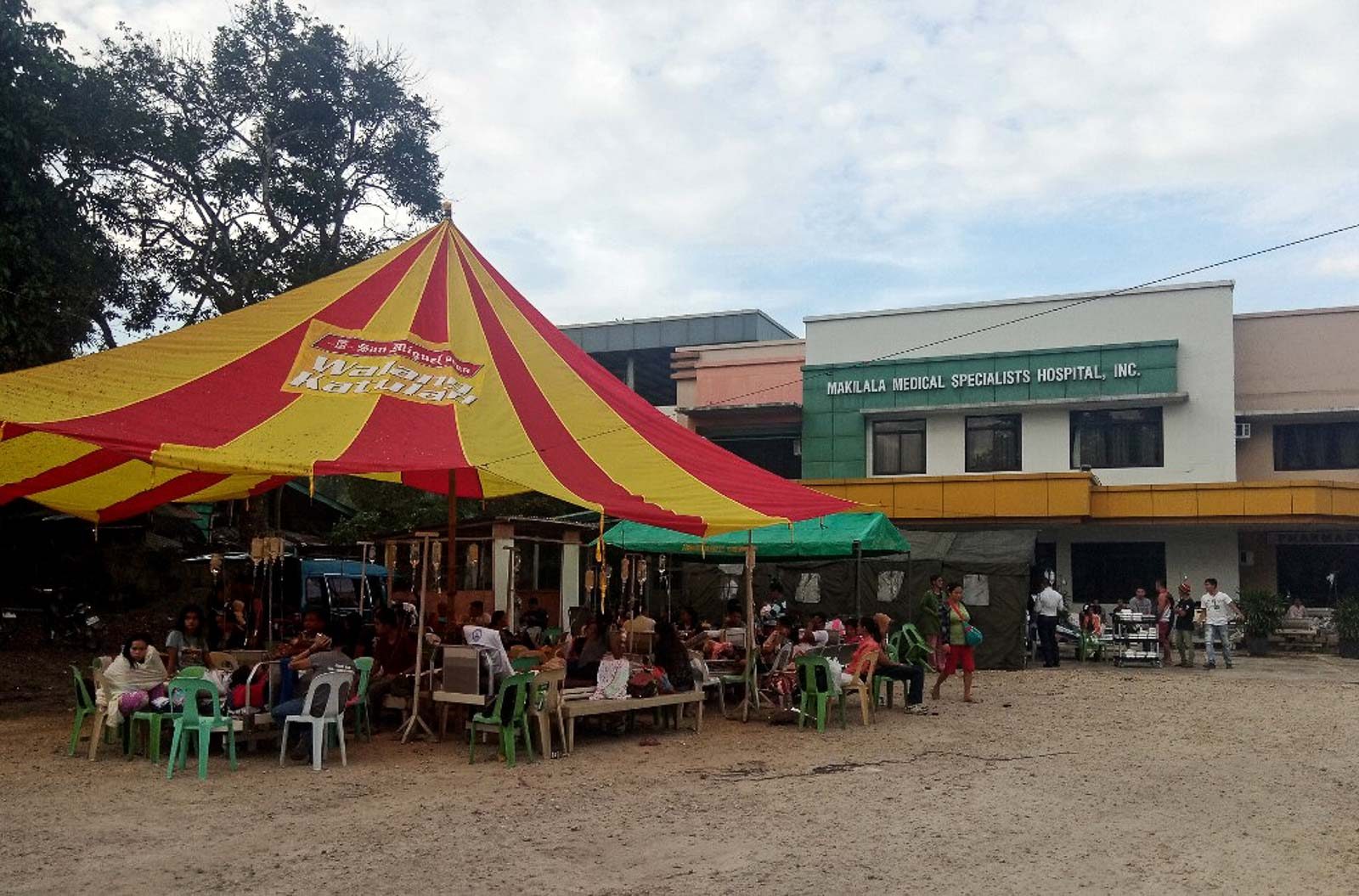SUMMARY
This is AI generated summarization, which may have errors. For context, always refer to the full article.

ALBAY, Philippines – A study by the Harvard Humanitarian Initiative in 2017 showed that there was a glaring gap in disaster preparedness in Mindanao because residents did not have emergency “go bags,” or personal survival kits which contained essentials that are crucial for an individual or family to survive the next 72 hours after a disaster, such as earthquake.
The National Disaster Risk Reduction and Management Council (NDRRMC) said in its latest report on Saturday morning, November 2, that 29,349 families or 146,745 people were affected by the two earthquakes in Soccsksargen and Davao regions in Mindanao. Reports said at least 17 people died.
According to the 2017 survey of households, 91% of households in Soccsksargen, composed of South Cotabato, Cotabato, Sultan Kudarat, Sarangani and General Santos City, and 85% in Davao Region reported not having emergency “go bags.”
Northern Mindanao reported a rate of 94% of households who don’t have “go bags”; 91% in the former Autonomous Region in Muslim Mindanao (ARMM); and 71% in Caraga.
An emergency “go bag” should have at least 3 days worth of non-perishable, ready-to-eat food; water for drinking and sanitation (enough for an individual or family members), battery-powered radio, first aid kit, extra cash, flashlight, match, whistle, and important documents including Identification card (IDs) placed in sealed plastic wraps.
Of the families affected, 4,127 families or 20,635 people were being served in 27 evacuation centers, and 1,370 families or 6,850 people outside the evacuation sites.
Barriers
Money was the biggest barrier to disaster-preparedness for the households in Mindanao, the study further showed. Here is the breakdown per region in Mindanao of those which identified money as the biggest barrier:
- Northern Mindanao – 58%
- Davao – 38%
- Soccksargen – 27%
- Caraga – 45%
- ARMM – 49%
Respondents also reported having life and medical insurance, but home and asset insurance was very low.
Among the most vulnerable were children, older people, poor people, and people with disabilities. The most vulnerable infrastructure and facilities include houses, farmland, roads, schools, bridges, fishing resources, washing facilities, and health facilities.
Post-disaster aid
Of the post-disaster assistance they received, food and water ranked the highest. This is also what they perceived as the most important.
Respondents also considered psychosocial care as being more important than loan. – Rappler.com
Add a comment
How does this make you feel?
There are no comments yet. Add your comment to start the conversation.